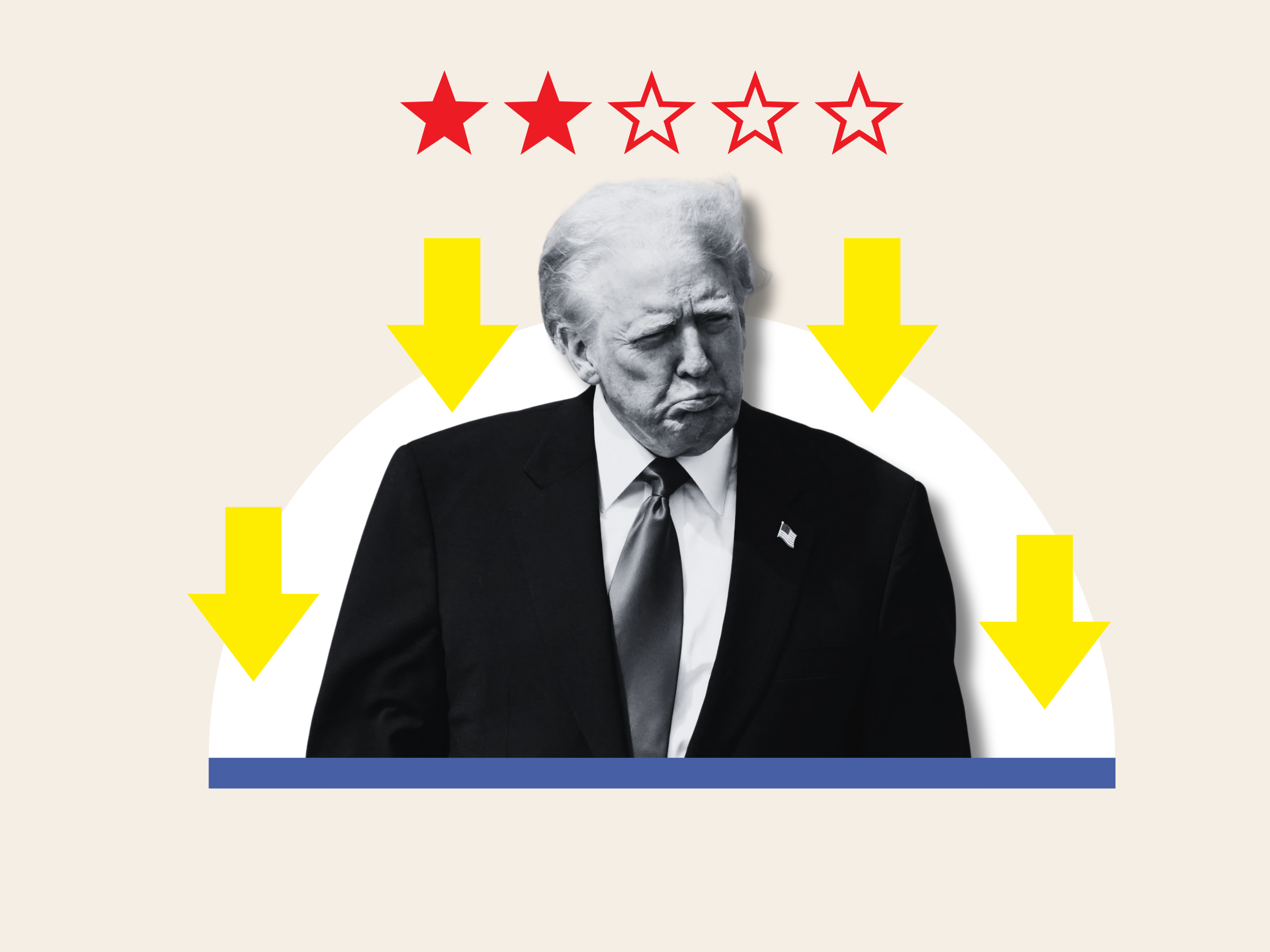🎙️ Voice is AI-generated. Inconsistencies may occur.
Low-tax states have seen significant population jumps in recent years. Newsweek has spoken with experts to find out why.
Some states are growing, others are shrinking, with institutions such as the tax think tank Tax Foundation crediting this to taxes.
One expert argued that "taxes affect Americans' location decisions," while another said his research shows that tax is seldom given as a reason for moving.
Professor Kenneth Johnson, a demographer at the Carsey School of Public Policy and professor of sociology at the University of New Hampshire, told Newsweek: "We have found that people don't migrate or stay put for a single reason. Rather, and this is a key point, the decision to migrate or not is generally impacted by several different factors and the mix of factors and their relative importance varies by life-cycle stage."

The Data
Texas and Florida, both zero-income tax states, have seen the largest influx of domestic immigration. Between April 2020 and July 2024, the net total of domestic migrants who moved to Florida was 872,722, while 747,730 moved to Texas, according to data from the U.S. Census Bureau released at the end of last year.
Other states that received some of the highest interstate migrants were North Carolina (392,010), South Carolina (314,953), Arizona (252,654) and Tennessee (252,180).
Tennessee is also a zero-income tax state, while Arizona implements one of the lowest income tax rates in the country—2.5 percent as of the 2024 tax year but less than 3 percent before that.
South Carolina has a progressive income tax system ranging from 0 percent to 6.4 percent and North Carolina has a flat income rate of 4.5 percent and there are plans to reduce it to 4.25 percent next year.
California, which has the highest income tax rate in the country (13.3 percent), lost the most residents to domestic migration (1,465,116).
New York, also among the highest with a 10.9 percent income tax rate, was second with 966,209 people leaving.
Illinois said goodbye to the third-highest number of people (418,056), but its income tax rate is fairly low in comparison at 5 percent.
New Jersey, Massachusetts and Louisiana follow, losing 192,209, 162,751 and 129,488 people to interstate migration, respectively.
New Jersey's and Massachusetts' income tax rates are quite high (10.8 percent and 9 percent, respectively), but Louisiana's is only 3 percent.
Is The Movement Because Of Taxes?
It is widely accepted that there are multiple reasons for people to move and, while tax can certainly be one of them, experts disagree on how much of a motivator it really is.
"States with no income tax—or a low, single-rate income tax—are consistently among the top destinations for Americans moving between states," Tax Foundation Senior Policy Analyst and Research Manager Katherine E. Loughead told Newsweek. "Year after year, population change data from the Census Bureau and IRS consistently show no- and low-income tax states among the most popular destinations for interstate moves.
"Taxes affect Americans' location decisions both directly—in terms of cost-of-living considerations—and indirectly, in that a favorable tax climate is more likely to attract business investment, leading to more job opportunities. Taxes are one of many factors affecting individuals' and families' location decisions, but they are an important factor, and they are one of the only factors that is fully within policymakers' control."
But "moving for tax reasons are only given for very few moves," demographer William Frey, of the Brookings Institution, told Newsweek.
In his analysis of reasons for interstate moves for the years 2020-2021 and 2022-2023, a new job or a job transfer came up as the top reason for both years (29.5 percent and 33.5 percent, respectively).
Family reasons, such as a change in marital status, was second (27.1 percent and 29.7 percent, respectively), followed by housing reasons (20.2 percent and 18 percent, respectively) such as wanting to own a home and not rent.
Frey argued that "movement into states like Texas and Florida and out of states like California and New York during the 2000-2023 period were inflated due to the COVID pandemic, which pushed more movers out of states with large, dense metropolitan areas like Los Angeles and New York and into more attractive Sun Belt states."
For example, between 2020-21 and 2023-24, net domestic out-migration from New York dropped from -300,058 to -120,917 and from California from -477,586 to -239,575, according to the Brookings analysis of Census Bureau data.
Johnson argued that tax can be part of people's decision to migrate, but the choice is usually made for multiple reasons.
"The factors that influence decisions about migration include family, employment, the social and natural environment of the place they reside in or move to," he said. "Certainly, issues like taxation influence decisions as well, but in our research, they do not appear to be one of the most influential factors.
"Among working-age populations, employment opportunities carry considerable weight, but family, the social and natural environment of the community is also important. Among older adults, the influence of employment opportunities carries less weight, and family, the social environment and the natural environment carry more."
Is This Article Trustworthy?
Is This Article Trustworthy?
Newsweek is committed to journalism that is factual and fair
We value your input and encourage you to rate this article.
Newsweek is committed to journalism that is factual and fair
We value your input and encourage you to rate this article.
About the writer
Jordan King is a Newsweek reporter based in London, U.K. Her current focus is on religion, health, food safety and ... Read more




